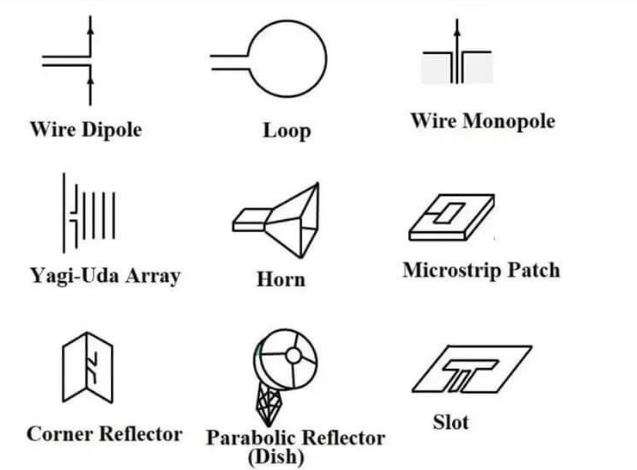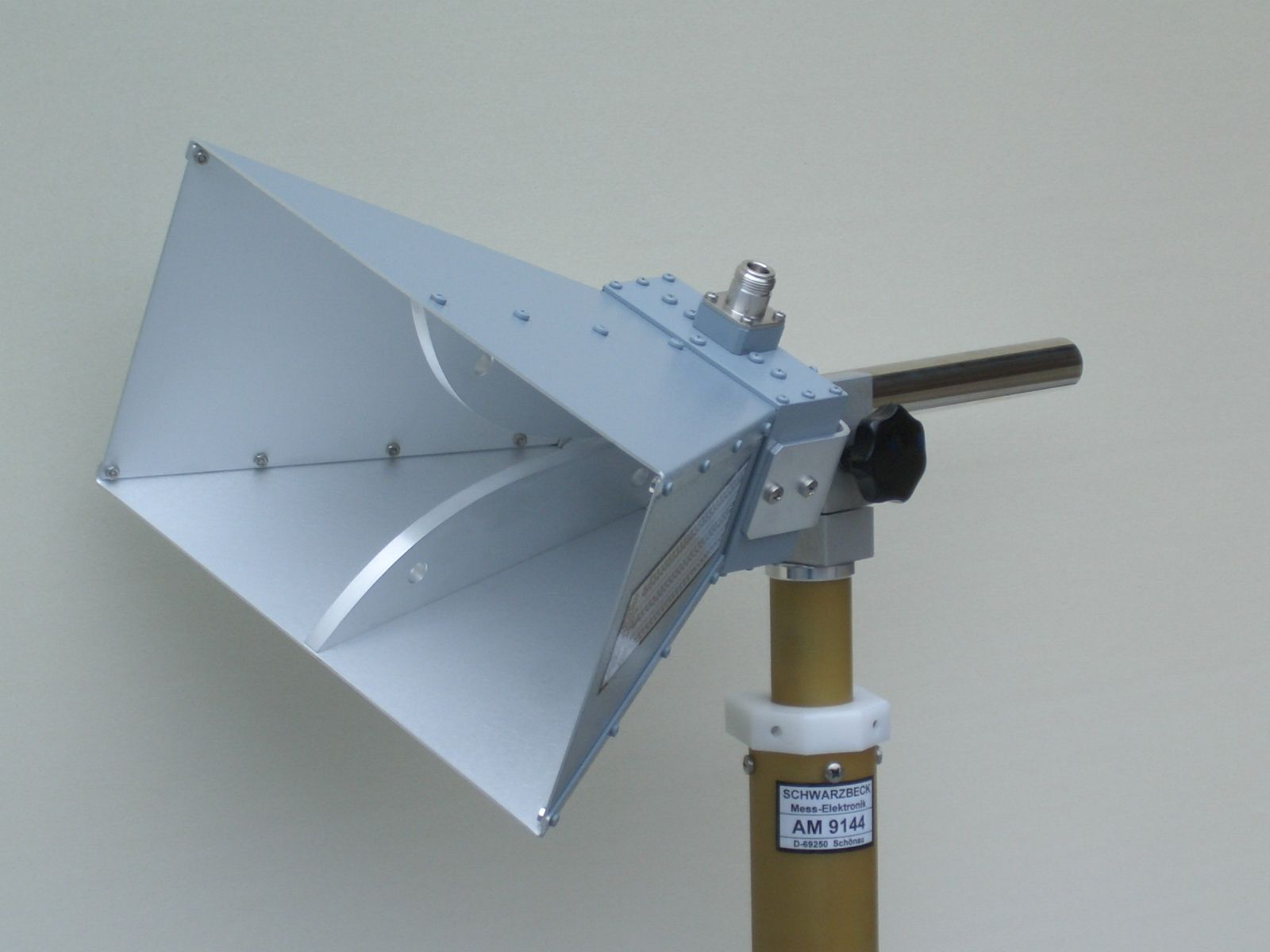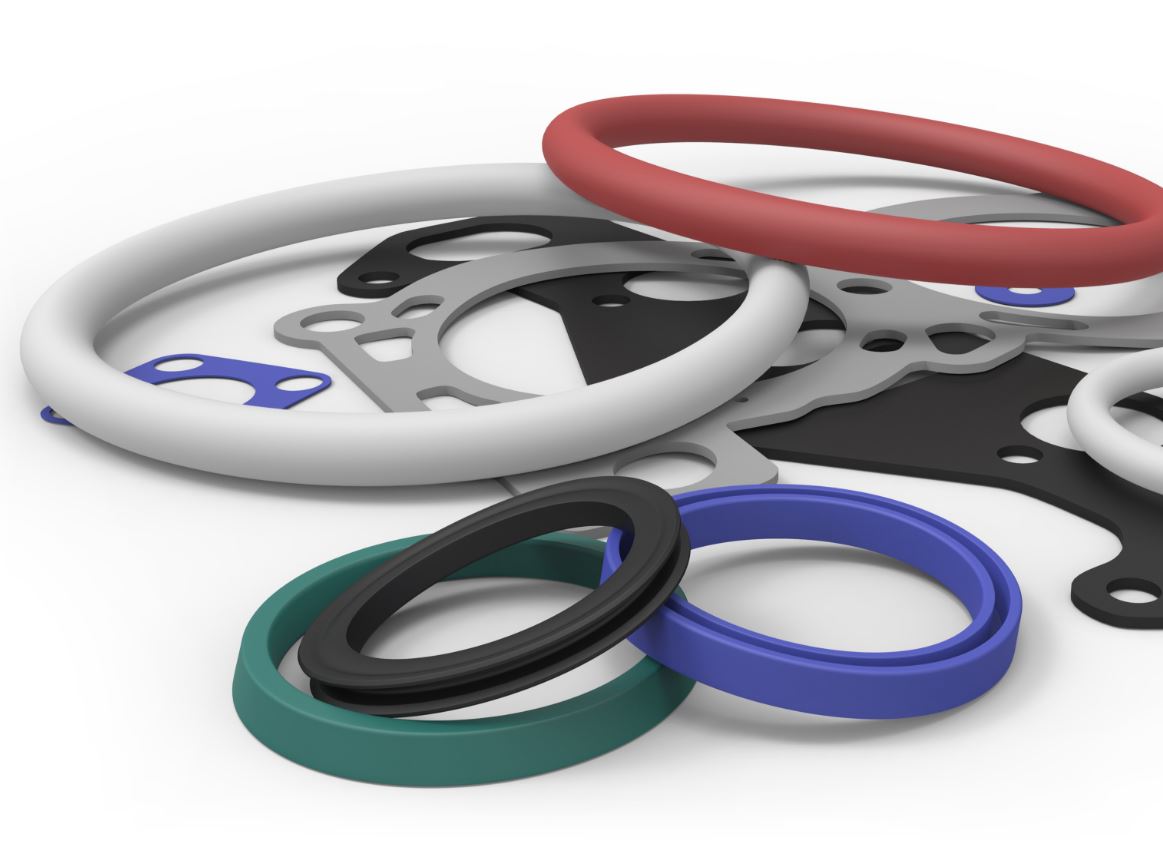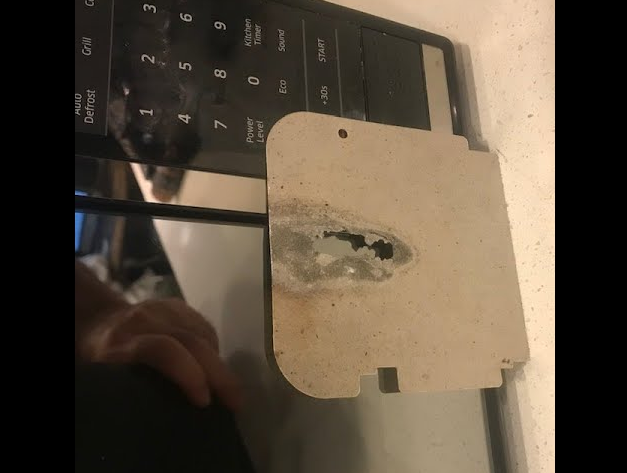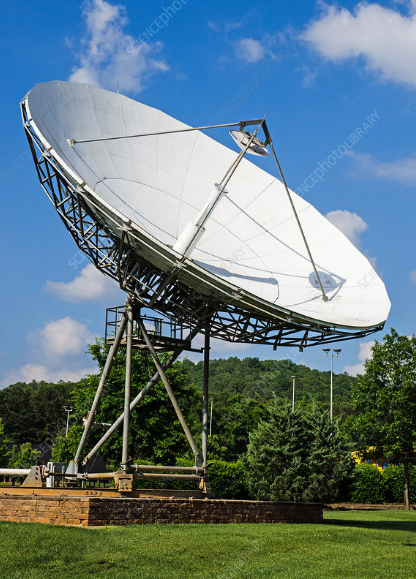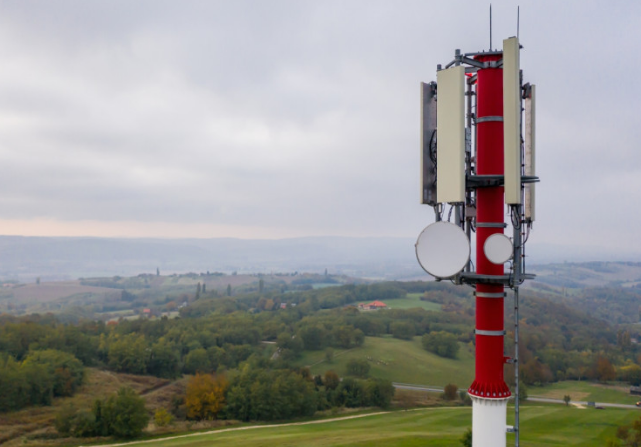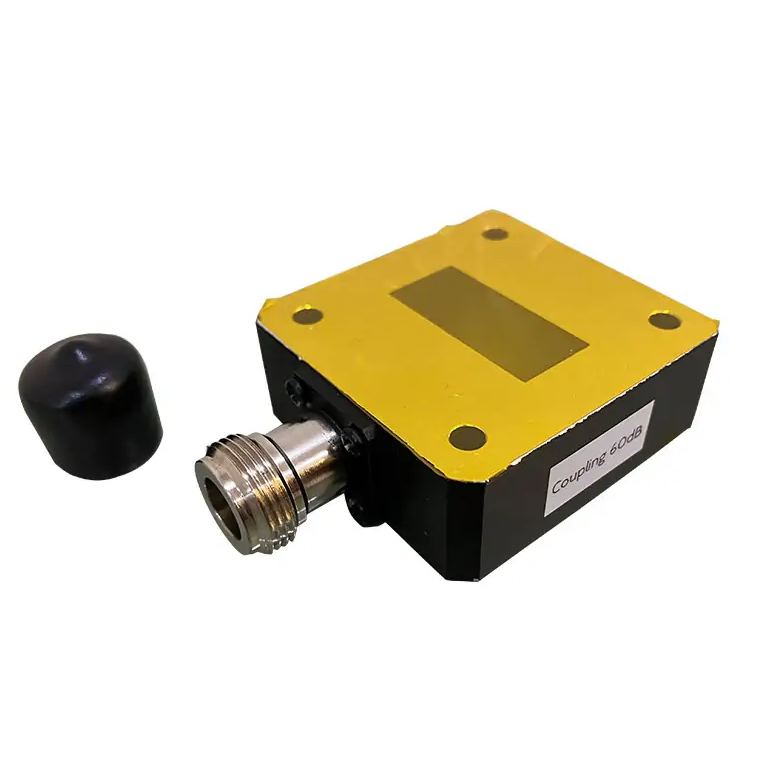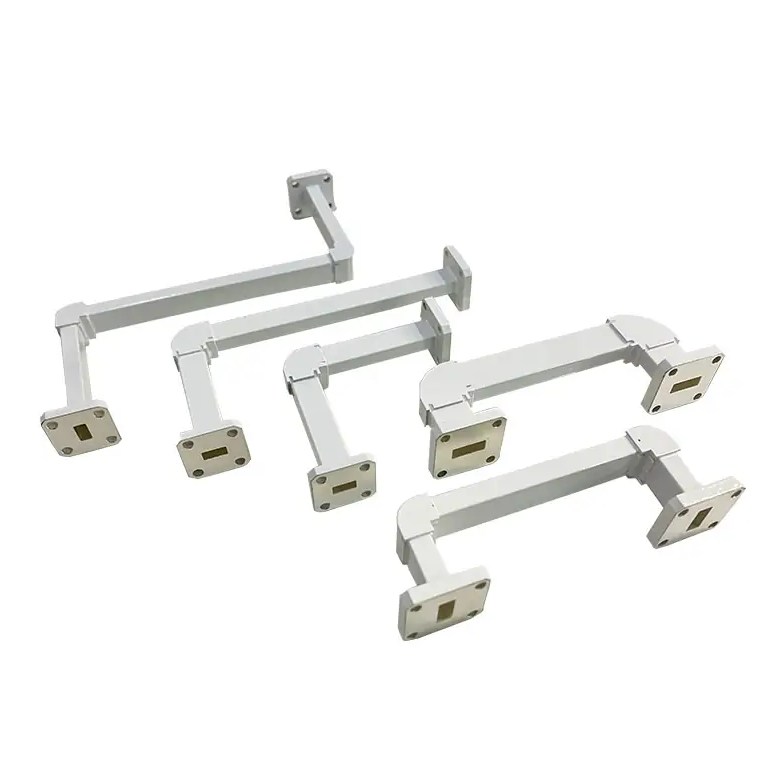Which type of antenna is typically used for long distance communication
Parabolic dish antennas are ideal for long-distance communication, providing a gain of up to 47 dBi. For example, a 2.4-meter dish operates efficiently at 12 GHz, enabling satellite communication over 35,786 kilometers with power outputs of 1 to 10 kilowatts. Parabolic (Dish) Antennas Parabolic or Dish Antennas in Satellite Communications The parabolic dish antennas play […]
Which type of antenna is typically used for long distance communication Read More »

